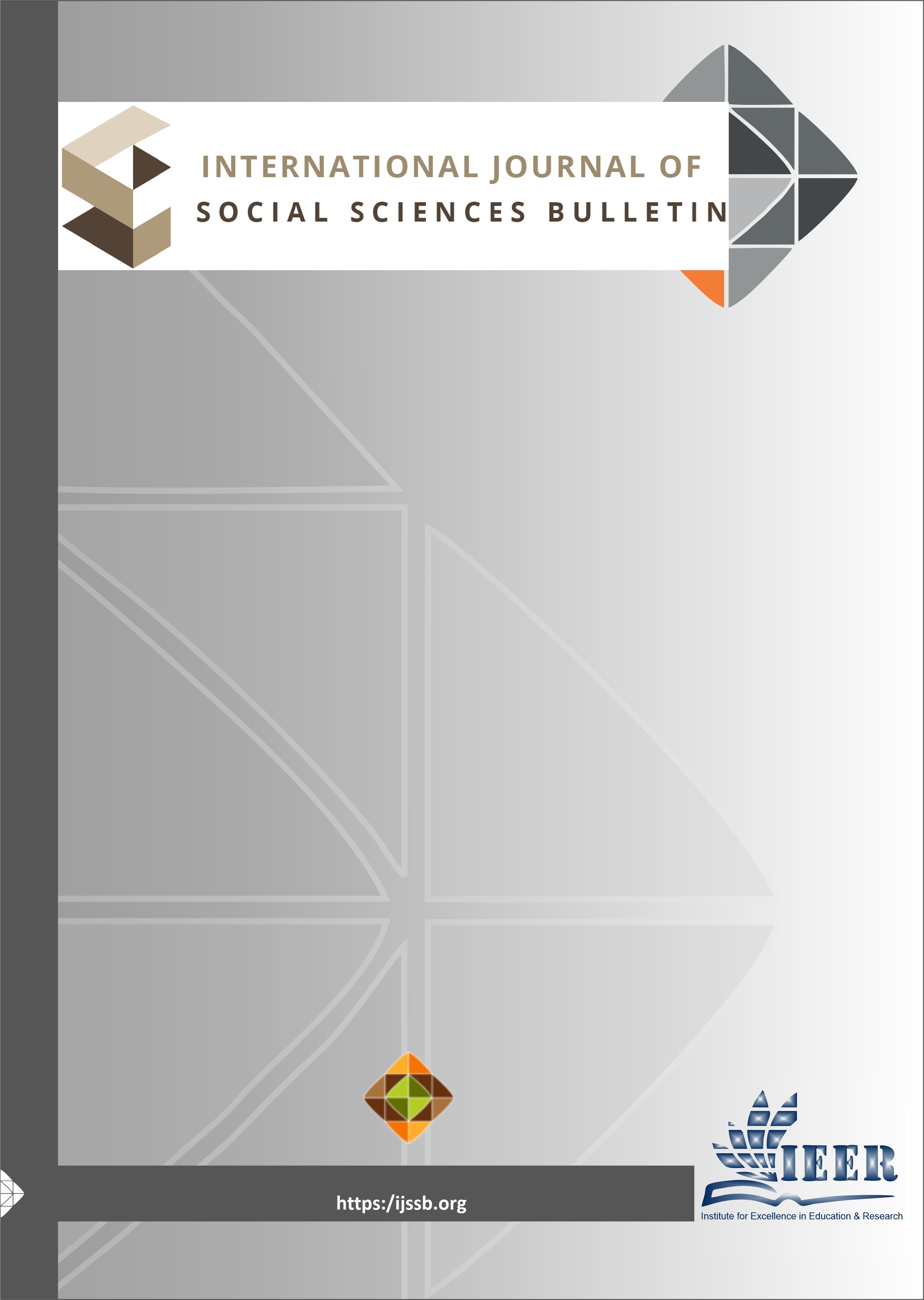LEARNING STYLES PREFERENCE OF UNDERGRADUATE NURSING STUDENTS IN KHYBER PAKHTUNKHWA: A CROSS-SECTIONAL STUDY
Keywords:
Auditory learners; Learning styles; Nursing; Tactile learners; Undergraduate nursing students; Visual learnersAbstract
Background: Every individual possesses a unique learning style. Research has shown that learners often prefer specific techniques, termed as learning styles, which significantly influence their academic performance. This study aims to identify Nursing students preferred learning styles (visual, auditory or tactile).
Material and Methods: A cross-sectional Descriptive quantitative study was conducted on students enrolled in Bachelor of Science in Nursing who had qualified at least one semester of their study, at Institute of Nursing Sciences, Khyber Pakhtunkhwa, Pakistan. Recruitment was done from each semester on connivence base. The study sample comprised on 211 participants. Duration of study was December 2023 to May 2024. A validated “learning style questionnaire also known as the Barsch Inventory of Learning Preferences” consist of three learning preferences visual, auditory and tactile was utilized for data collection. Data were analyzed using statistical package for social sciences (SPSS) 27.0. where categorical data were expressed as frequency and percentage.
Results: The study sample include 109 females and 102 males. Participants exhibited diverse preferences for learning styles, categorized as Visual Prefer Score: 105 participants (49.8%) Auditory Prefer Score: 52 participants (24.6%), Tactile Prefer Score: 27 participants (12.8%). Additionally Fewer participants preferred a combination of learning styles. The results revealed that majority of students preferred visual learning style followed by auditory and tactile learning style.
Conclusion: The findings of this study reveal preference for visual learning styles among undergraduate nursing students. The nursing education programs should consider incorporating a variety of instructional methods, with a stronger emphasis on preferred learning style of students. By catering to these diverse learning styles, educators can enhance engagement and improve educational outcomes, ensuring that students' learning needs are effectively met.
Published
Issue
Section
License

This work is licensed under a Creative Commons Attribution-NonCommercial-NoDerivatives 4.0 International License.
















